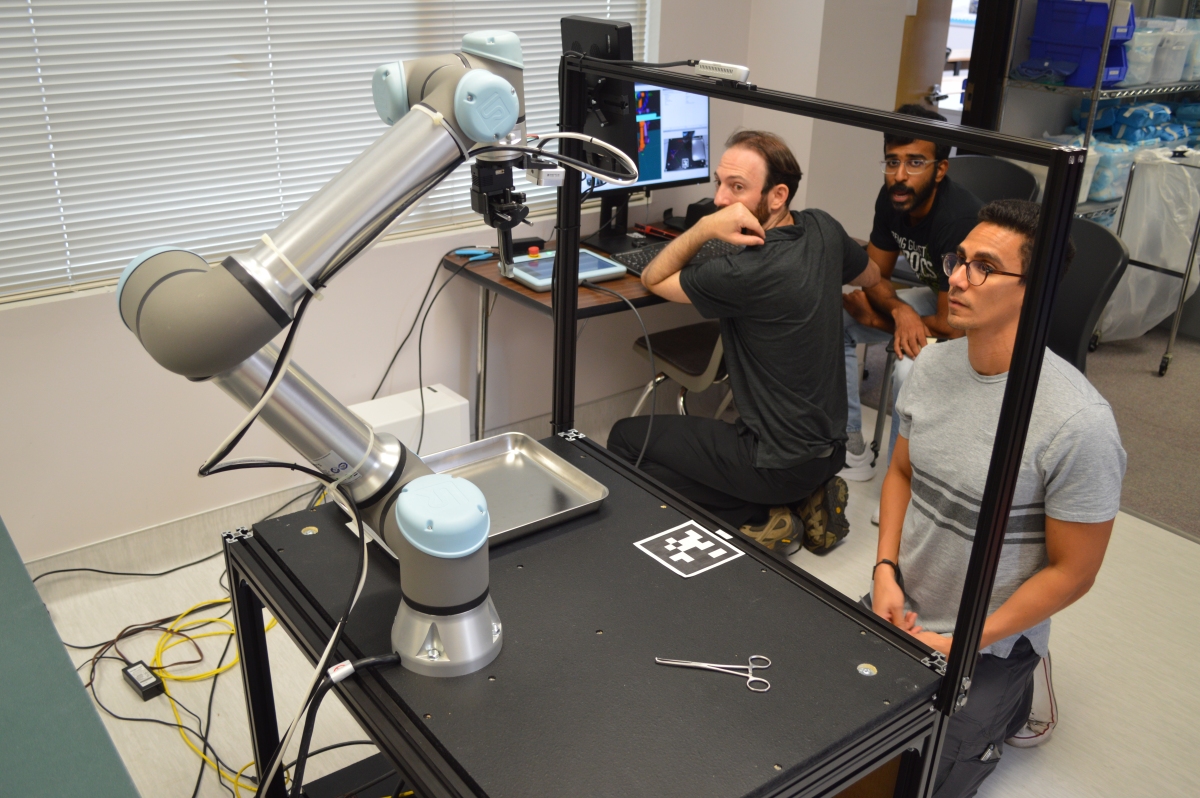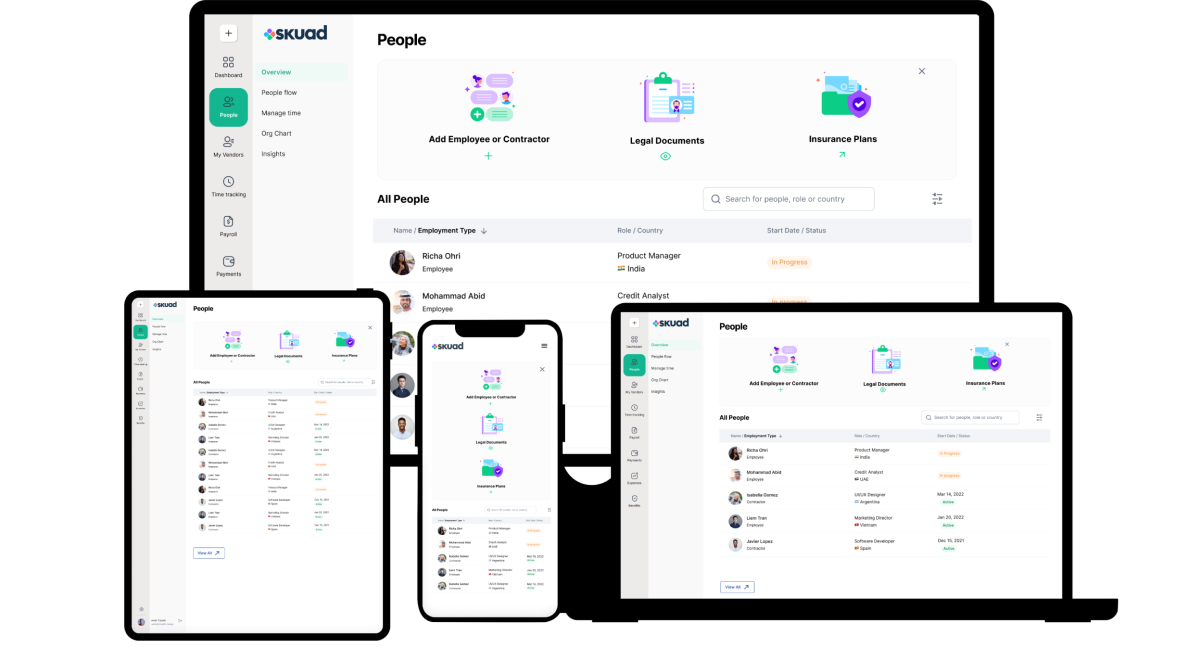Solana’s web3 phone is an ‘opportunity’ against Google and Apple, co-founder says • ZebethMedia
It’s been almost four months since the layer-1 blockchain Solana announced its web3-focused smartphone Saga and as the phone is approaching its official release date, the plan has shifted. “Our goal isn’t to sell 10 million units,” Anatoly Yakovenko, co-founder of Solana, said onstage at Disrupt 2022. “We would be very happy with 25,000 to 50,000 units sold in the next year, that would be awesome.” While it’s not easy to launch a new phone successfully — as we’ve seen with countless other companies’ efforts — Solana is looking to approach the launch differently, Yakovenko hinted. This is a tool to attract developers, Yakovenko added. “This is a developer play.” Prior to launching Solana, Yakovenko spent most of his professional career at Qualcomm and has helped other major tech companies like Facebook and Windows create mobile phones. It’s worth noting a bunch of those failed. But the main difference now is it’s not as capital intensive, Yakovenko said. “This is one of the moon shots,” Yakovenko said. “The reason why we can do this is because it’s cheap enough to try. It’s not going to break the bank or anything like that.” The phone market has matured to a point where teams can build a device quickly with small modifications to an Android so it can enable a web3 experience, Yakovenko noted. “The opportunity exists right now because we don’t need to get $10 million sales off the bat. We can actually target a very small niche audience which is crypto-heavy web3 users.” If there’s a web3 distribution channel for mobile crypto developers, it can open up opportunities for them to build experiences outside of the laptop-centric digital asset ecosystem, Yakovenko said. Users won’t have to sign into four different applications to create a crypto transaction, he joked. “Those are the flywheels we need for the next cycle.” “Imagine you have 50,000 to 100,000 people who trade daily on Magic Eden,” Yakovenko said. “That’s a more lucrative distribution channel for developers than the app stores with hundreds of millions of users. For web3 all the money is in these small niche groups right now.” Separately, the web3-focused phone will allow content creators and platforms to enable digital ownership rights to both organizations and users – opposed to handing over the 30% tax Apple and Google have for in app sales. The idea of true digital ownership means the digital items have to be treated like physical ones, and this isn’t something Apple or Google are built around, Yakovenko said. “They’re built around a rent-seeking model where all the content is owned by the creator and you as a user rent it. When you buy a video from Amazon, you don’t actually own it; everyone realizes that you don’t own it.” So neither Google nor Apple want to really take on web3 because true digital asset ownership disrupts their business models, Yakovenko said. “When you’re the content creator and you have an app on the iOS store, you can take the 30% fee and eat it and give it to Apple. Magic Eden can’t sell a $10,000 NFT for $13,000 on the iOS app, they can’t tack on tax nor can they eat it because that’ll destroy profits.” “The opportunity is here right now,” Yakovenko said. “Both Google and Apple, I don’t know what’s going to have to change internally for them to give up the 30% tax on apps. It’s just too good for them to give it up in the next five years.” So while those two mega companies continue implementing their 30% tax, there’s a “wedge that exists.” Saga plans to implement digital asset products and services, so users can transact with their cryptocurrency through the device, opposed to a laptop browser. In addition to the announcement of Saga, it is also launching Solana Mobile Stack, or SMS, which is a web3 layer for Solana built on the phone. “Let’s say crypto actually grows from 10 million monthly active users to 100 million monthly active users in the next five years I would imagine so does the SMS stack or the phone itself,” Yakovenko said. Then, maybe Google or Apple might change their mind on the tax and would allow for similar web3 experiences that Saga is hoping to have. “That would be a win,” Yakovenko said. “We would have won for everyone in crypto. That would be awesome.”









